….Egypt, Ghana, South Africa Better Capitalized Than Nigerian Banks
Despite the heightened macroeconomic vulnerabilities for business operations, Nigerian banks emerged as the best
among its BRICS peers with an average Return on Assets (ROA) and Return on Equity (ROE) of 15.9 per cent and 1.8 per cent respectively.
BRICS is the acronym coined to depict five major emerging economies: Brazil, Russia, India, China, and South Africa.
Join our WhatsApp ChannelIn the 2021 Afrinvest Banking Sector Report launched on Wednesday, the investment research firm observed that across both Sub Saharan Africa (SSA) and BRICS regions, Ghanaian banks on the other hand reported the best ROE and ROA of 23.1per cent and 3.5per cent respectively due to better-than-expected operational efficiency within the period.
Using CAMEL (Capital adequacy, Asset quality, Operational Efficiency, Profitability and Market Valuation) analysis for 2020 results, Afrinvest modelled tier-1 Nigerian banks compared to their
SSA and BRICS peers.
From the analysis, Capital Adequacy: (CAR) of selected SSA (19.2%) and BRICS (17.2%) banks recorded was above the 8.0per cent global regulatory minimum under the BASEL III, reflecting effective risk management during the pandemic. However, African peers such as Egypt (21.7%), Ghana (20.2%) and South Africa (19.8%) were better capitalized than the Nigerian banks (19.7%).
“In the BRICS region, the Nigerian banks fared better than its peers save South Africa. The negative impact from COVID-19 on risk assets weighed on SSA
and BRICS banks leading to a substantial rise in impairment charges.
“The average CoR of selected SSA and BRICS banks stood at 2.6per cent and 2.4per cent respectively,” the report read.
According to the report, Kenya banks (3.6%) reported the highest average cost of credit risk (CoR) among the banks in the SSA region, trailed by South Africa (3.5%).
Equally, across the BRICS region, the Brazilian banks (3.9%) remained the worst performers reflecting the higher business risk environment.
The report further stated that the Nigerian tier-1 banks (1.8%) performed relative better than its peers save Egypt
(1.7%), Morocco (1.7%), Russia (1.4%) and China (1.0%) in CoR.
In terms of operational Efficiency, across the SSA and BRICS region, the average cost to income (CIR) for most banks is quite high.
It noted that in the SSA region, the Nigerian banks (58.0%) were the worst performers given the rise in operating expenses and moderation in operating income. Nevertheless, Egypt (35.8%) maintained the top spot,
trailed by Ghana (51.5%) and Kenya (52.7%).
Across the BRICS region, Chinese banks remained the most efficient with an average CIR of 34.8per cent while Brazilian banks (77.3%) came in at the bottom.
Similarly, the report noted, to lower excessive on and off-balance sheet leverage by banks, the CBN
requires that banks maintain a minimum leverage ratio of 4.0per cent and 5.0per cent for Domestic Systemically Important Banks (DSIBs) (computed as tier 1 capital over on and off-balance sheet, derivatives, and securities-
backed transactions exposures).
“From our analysis using 2020 figures, all banks in the tier 1 and 2 categories operating as a national, international and DSIB passed the stress test conducted to determine
compliance with the new CAR threshold.
“Broadly speaking, is safe to conclude that the Nigerian banking sector remained resilient in the face of COVID-19 and several regulatory headwinds.
“Nevertheless, banks’ earnings and asset quality have taken a beating while being under pressure from competition,” it noted.
Also, the Afrinvest report noted that the pandemic has provided learning points for players in the sector to reshape and reimagine their product/services offerings for long-
term growth and sustainability.
As the broader economy recovers, regulators are expected to relax the support given to the financial system which might affect some segments of the bank’s business, it stated.
However, it noted that the banking sector faces a continuous period of uncertainty, and the resilience of the sector would depend on players’ response to new developments.
To this end, “we highlight the key outlook for FY:2021. Despite the rising Naira interest
rate trend so far in 2021 (against 2020 when it crashed), we do not expect a significant improvement in banks’ operating terrain.
“While the banks have shown historically that they can defend NIMs through different interest rate cycles, we expect the CBN’s continued cash sterilisation via CRR debits and punitive measures for 65per cent( LDR) non-compliance to tame the prospect for strong growth in the short term.
” We expect a 15.0% growth in industry loans and advances as the economic recovery strengthens and banks can drive growth in deposits. Compliance with the CBN’s LDR directive will not be a big driver for loan growth in our view as banks place a higher premium on quality risk asset creation over the punitive measure for non-compliance.”

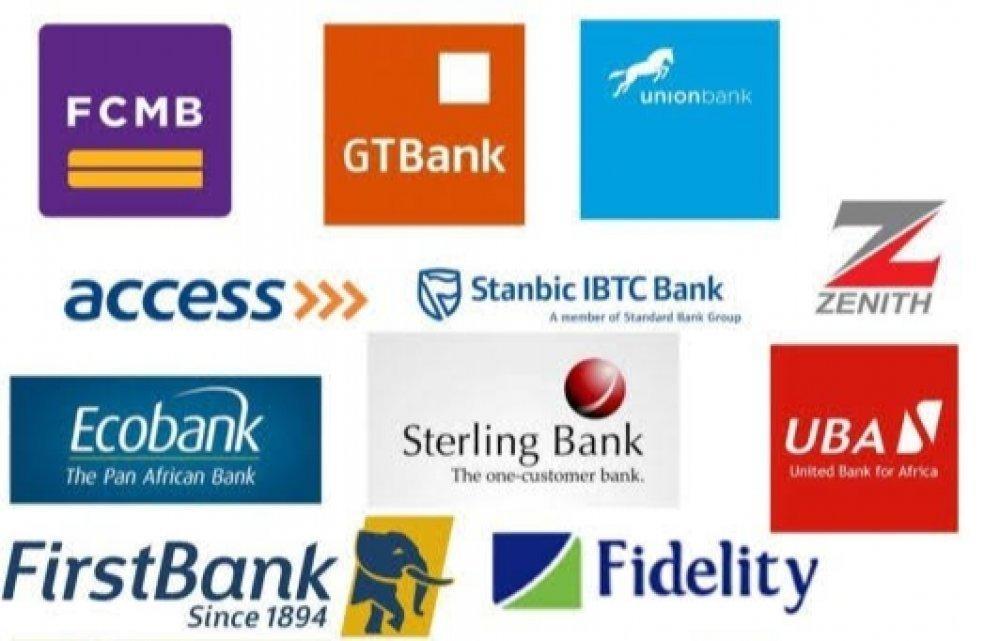


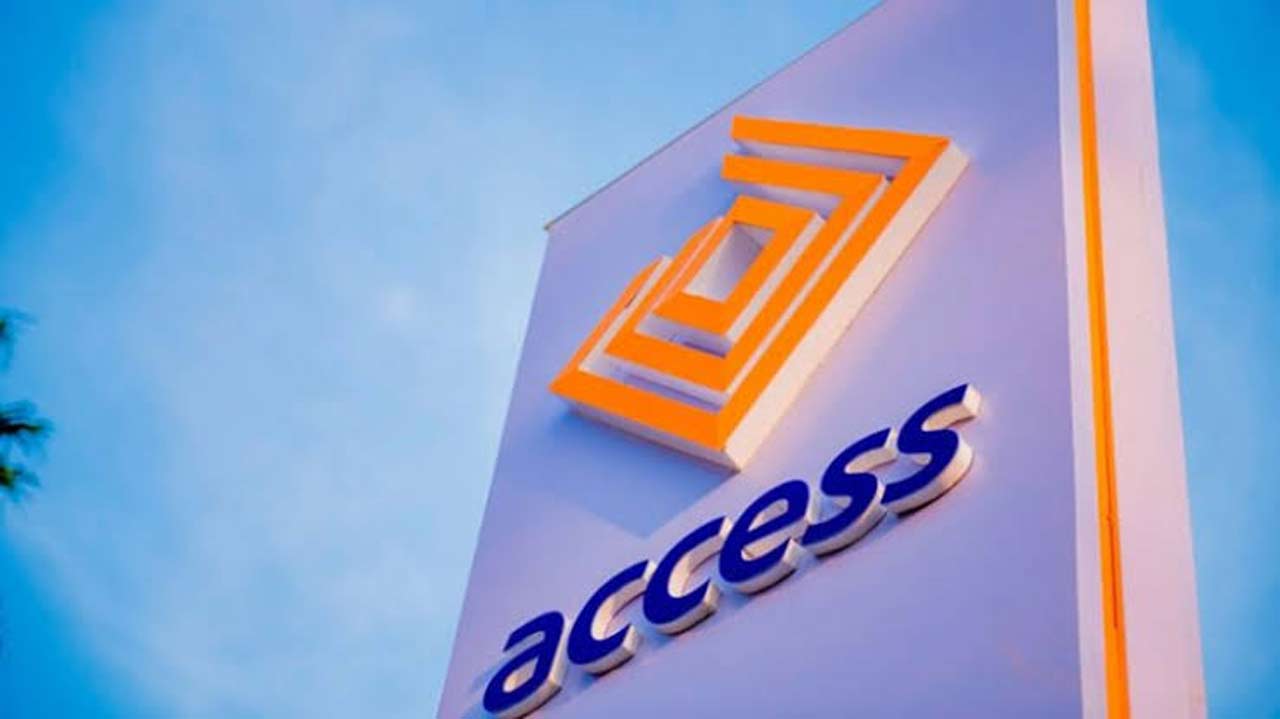
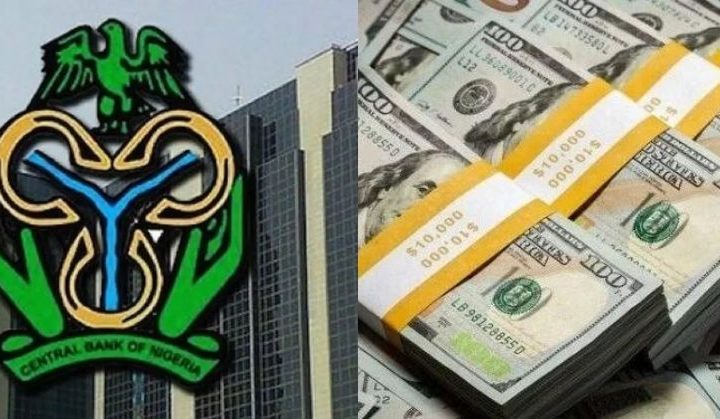
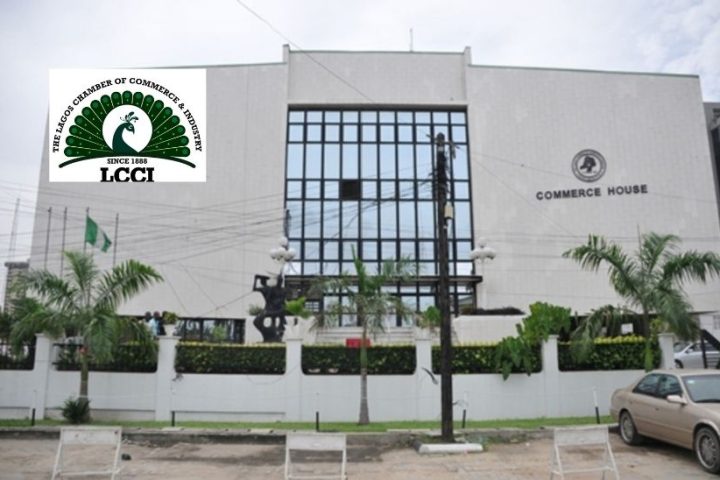


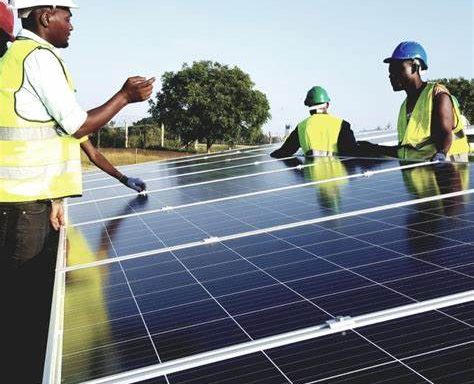





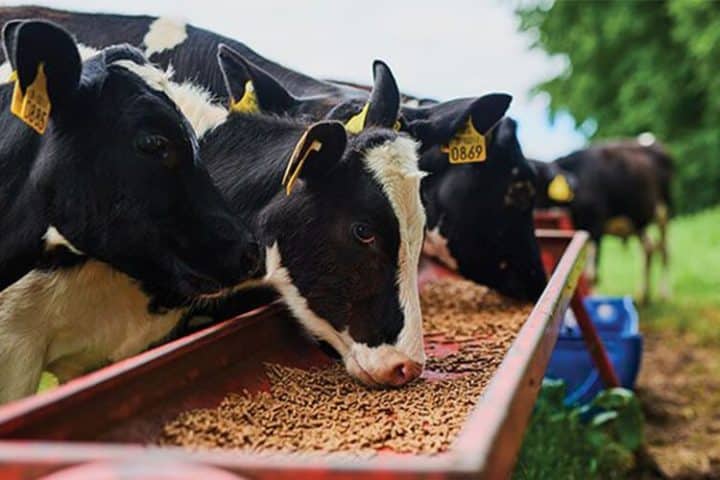
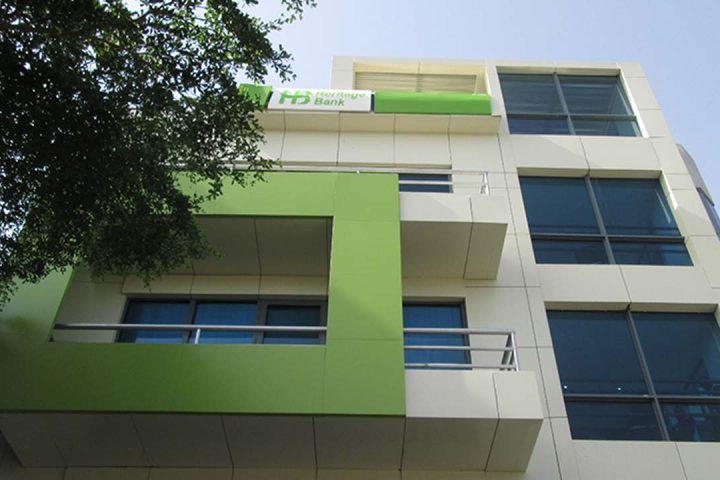
Follow Us